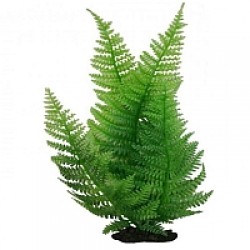Your shopping cart is empty!
MENU

When it comes to growing plants, one of the most important factors to consider is the hardiness zone. This zone refers to a geographic area designated by the U.S. Department of Agriculture (USDA) to indicate a plant's ability to withstand the cold temperatures of winter. Knowing the hardiness zone of your area is essential for successful gardening, as it will help you determine which plants are best suited for your climate.
The USDA Plant Hardiness Zone Map is divided into 11 different zones, with zone 1 being the coldest and zone 11 being the warmest. The average hardiness zone for most of the United States and Canada is between zones 5 and 8. This means that plants that are suitable for those zones should thrive in this area, as long as they receive proper care.
When choosing plants for your garden, it is important to take into consideration the hardiness zones in which the plants are most likely to survive. For example, some plants such as roses and rhododendrons are hardy in zones 6 and 7, but may not survive in colder climates. It is also important to keep in mind that the hardiness zone is not the only factor to consider when selecting plants. Other things such as the amount of sunlight and water the plants will receive should also be taken into account.
When shopping for plants, be sure to check the label for the USDA Plant Hardiness Zone. This will tell you the minimum temperature at which a plant can survive in that particular zone. If the zone is lower than the average zone in your area, then the plant may not be suitable for your climate.
It is also important to remember that the hardiness zone map is not perfect. A variety of factors, such as elevation, soil type, and the amount of wind can affect the hardiness of a plant. This means that even if a plant is hardy in zone 7, it may not survive in zone 6 if the other conditions are not favorable.
In conclusion, the average hardiness zone for plants in the United States and Canada is between zones 5 and 8. It is important to carefully consider the hardiness zone of a plant before selecting it for your garden. In addition to the hardiness zone, be sure to take into account other factors such as the amount of sunlight and water the plants will receive. With careful consideration and proper care, you can ensure that your garden is filled with plants that will survive the winter.
More about plants hardiness zones - please read here.